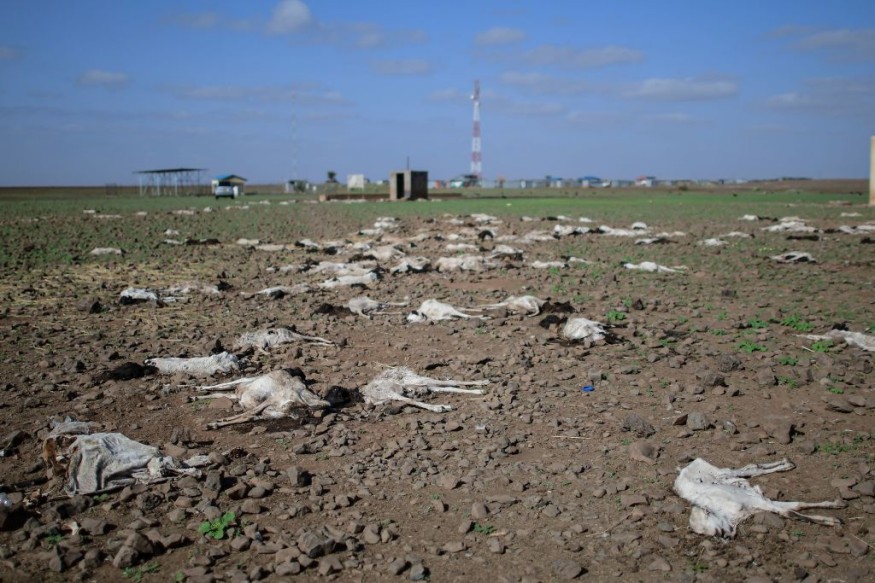The latest report warns of the potential impacts of an increasingly warming climate, which could intensify flash droughts globally and harm communities and food security. Read here.
Researchers raised concerns about the effects of a warming climate on global drought problems. The report warned that it could lead to intensifying flash droughts.
Persistent and prolonged drought is an alarming global problem that can damage wildlife, the environment, and the economy. Severe to extreme drought can affect food and water security, and poorer communities are the most vulnerable.
Another concern is flash drought, a rapid emergence caused by a lack of rain and abnormally high temperatures. While flash drought is brief, it can damage the economy and ecosystems, particularly agriculture or crops.
Understanding the potential impacts of flash droughts is crucial to mitigate their effects on communities. In a new report, researchers raised concerns about global intensifying flash droughts.
Flash drought concerns globally: How can warming events worsen the problem?

The findings were published in Geophysical Research Letters. They observe that climatic diversification influences frequent flash droughts. The study examined the wet and dry spells from 1980 to 2019.
A report published on May 21 explains that habitats like grassland and savanna are at risk of flash drought. This can affect these habitats' food and water systems and make it challenging for communities to adapt. However, the frequency of flash droughts is not found in mountainous areas in Central Asia.
Additionally, climate change contributes to frequent flash droughts. A warming climate can exacerbate drought by reducing precipitation and changing precipitation patterns.
Alarmingly, flash droughts can develop in weeks. This situation can potentially harm communities which are not prepared for drought. To better understand the problem and incidence, the study mapped significant hotspots experiencing rapid increases in flash drought problems.
In studying the flash drought incidence, the researchers considered drought severity measures, including the geographic extent, onset speed, duration, and onset speed.
The report underscores that portions of South America, like southern Brazil and the Amazon, have suffered from flash droughts. It notes the increasing trend in these areas per year.
Other areas at risk are South Africa, Lesotho, Madagascar, Angola, Zimbabwe, and Angola. These regions have also recorded rising temperatures and declining precipitation.
Flash drought management and mitigation plans
The rising problems of flash droughts devastate the environment and human population. If drought becomes frequent or worsens, there are global implications. As a result, effective water management and mitigation plans can address the consequences of flash drought.
Water management systems can also help communities prepare better for extreme weather events like drought and wildfires.
For more similar, don't forget to follow Nature World News.
© 2025 NatureWorldNews.com All rights reserved. Do not reproduce without permission.





